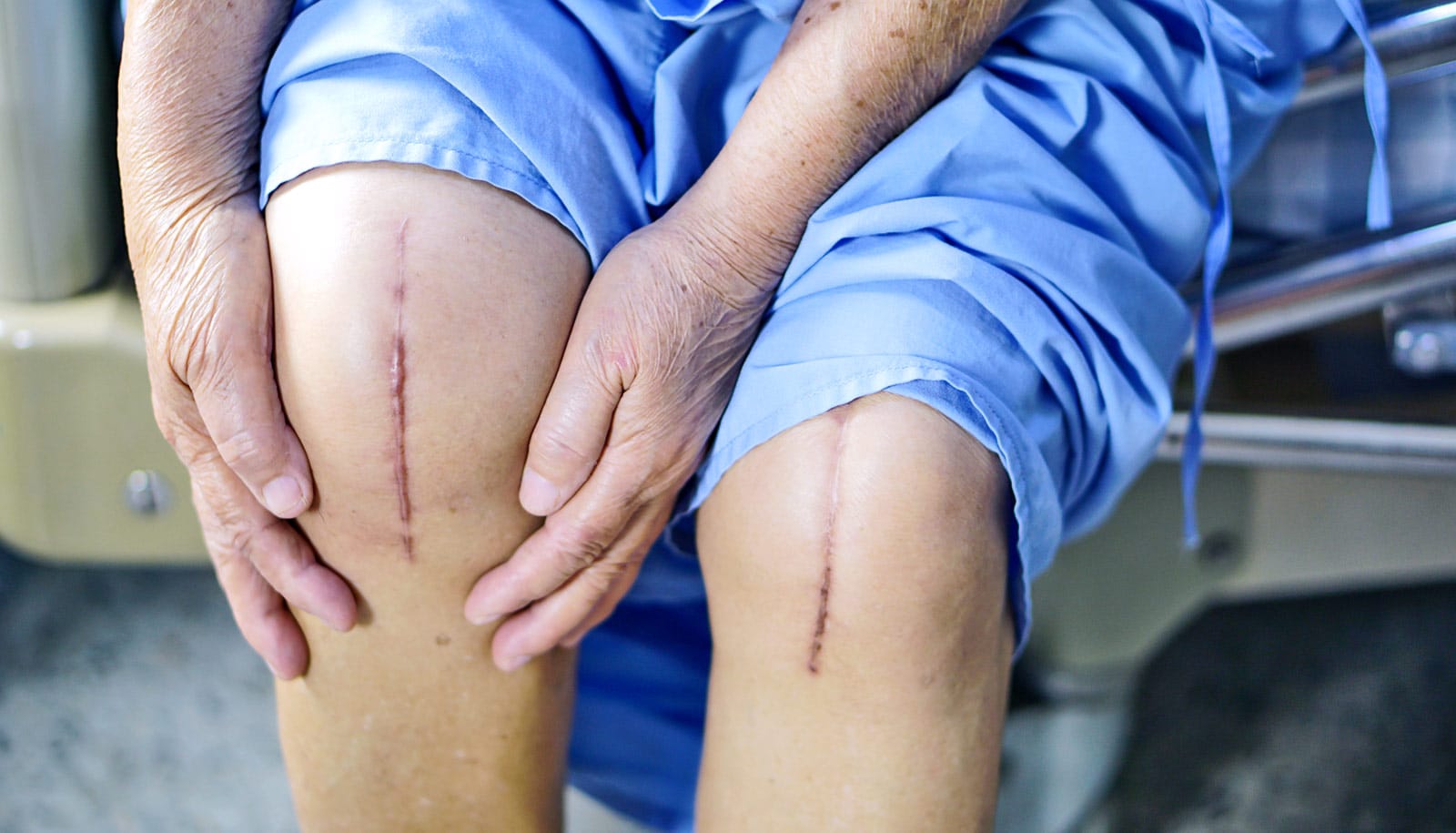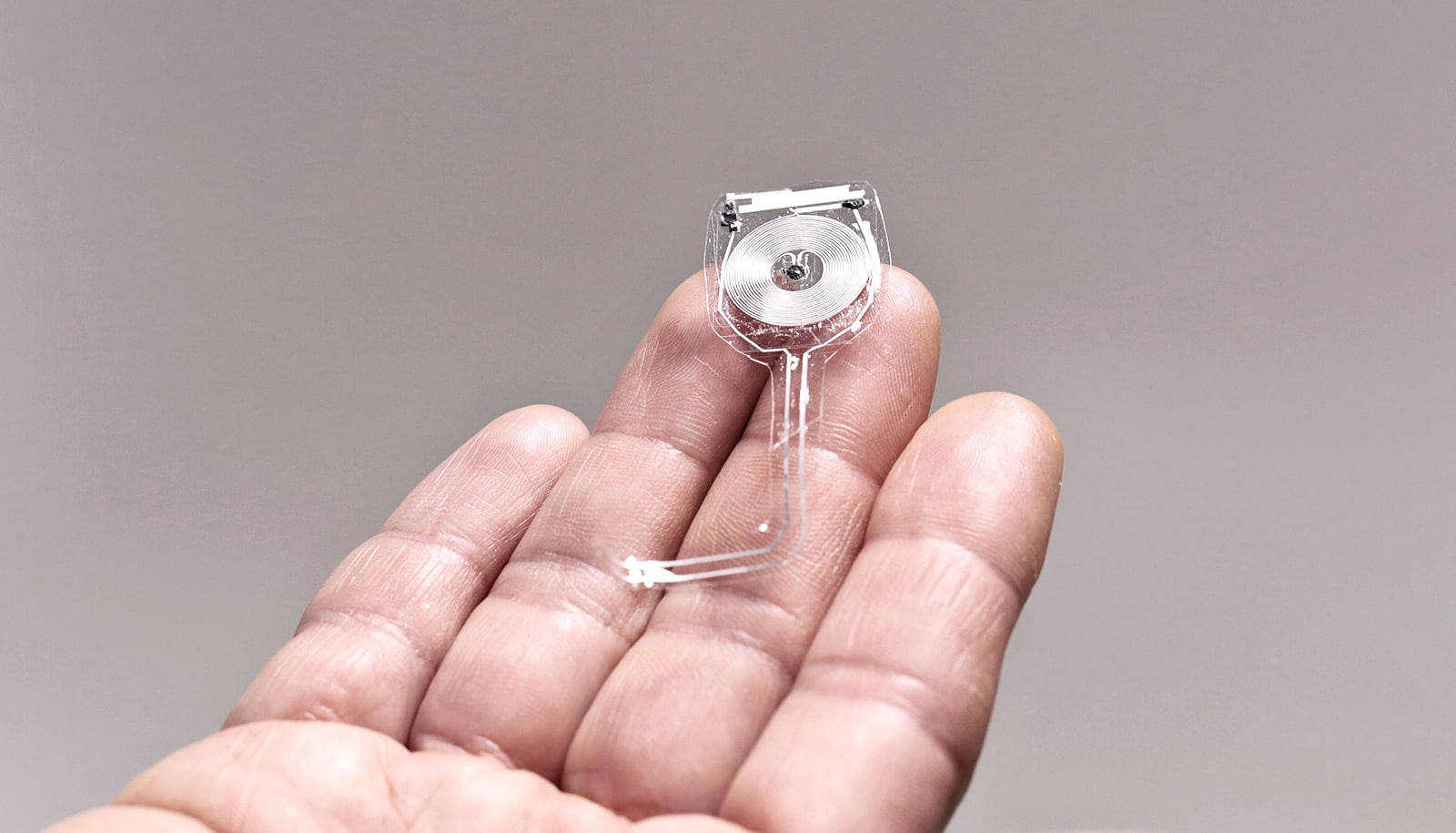Nearly a quarter of people who have total knee replacement surgery are likely to need a second surgery on their other knee within five years, research shows. This may be the result of abnormal walking patterns after surgery.
“If we can change the way someone moves or improve their walking ability after surgery while also reducing the need for a second knee replacement, we may also be able to reduce healthcare costs and other issues that arise with having to undergo surgery,” says lead author Joseph Zeni, an associate professor in the rehabilitation and movement services department at Rutgers School of Health Professions.
The study, which appears in the Journal of Orthopaedic Research, looks at whether movement patterns after total knee replacement surgery are associated with future surgery as a result of unbalanced movement that put more pressure on the other knee.
The researchers found that many people do not regain normal movement in their operated knee when walking and continue to walk with a stiffer knee after surgery. This means they may rely more heavily on the good knee for support. This can put more pressure on the good knee and cause the cartilage to wear away, increasing the risk of future surgery.
“Often surgeons, patients, and therapists are concerned with restoring normal range of motion and reducing pain after surgery,” Zeni says. “Our results suggest that normalizing movement patterns, so that one leg is not favored over another should also be a goal of post-operative rehabilitation.”
Total knee replacement surgery is effective at reducing pain and disability osteoarthritis causes, but it is expensive and painful. According to the Agency for Healthcare Research and Quality, surgeons perform more than 600,000 knee replacements each year in the United States, with the median hospital charge nearing $50,000.
Zeni is currently testing technologies, such as movement sensors, that may provide a better picture of how patients move in real-world situations. He says monitoring patient movements outside of research laboratories will help researchers more accurately measure biomechanics, potentially changing the way people look at and undergo joint replacement surgery and post-operative rehabilitation.
The National Institutes of Health and the National Institute on Aging funded the study.
Source: Rutgers University



